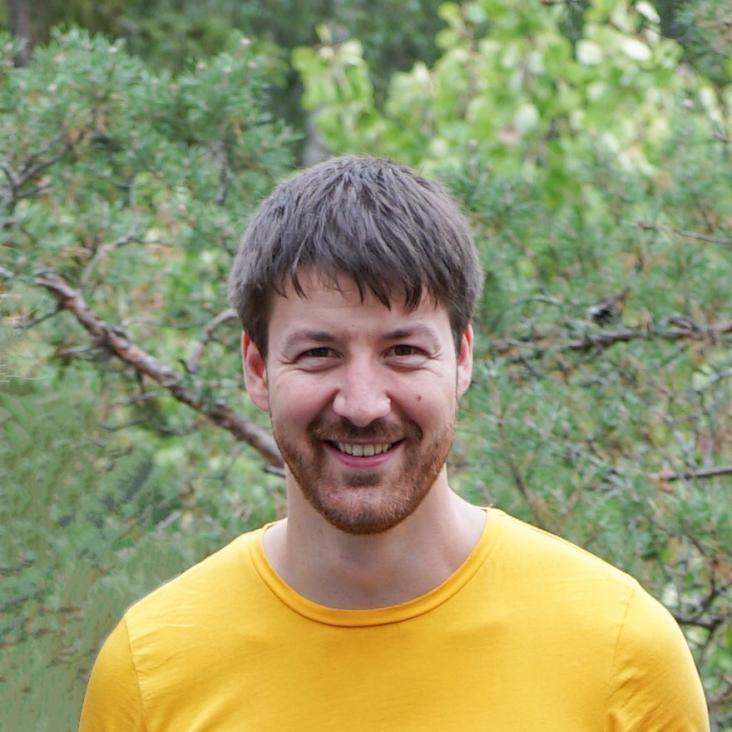Utility of virtual qubits in trapped-ion quantum computers
ArXiv 2406.19332 (2024)
Low Cross-Talk Optical Addressing of Trapped-Ion Qubits Using a Novel Integrated Photonic Chip
(2023)
Magic trapping of a Rydberg ion with a diminished static polarizability
ArXiv 2005.12422 (2020)
Observation of effects due to an atom's electric quadrupole polarizability
ArXiv 2005.01957 (2020)
Submicrosecond entangling gate between trapped ions via Rydberg interaction
Nature Springer Nature 580:7803 (2020) 345-349


